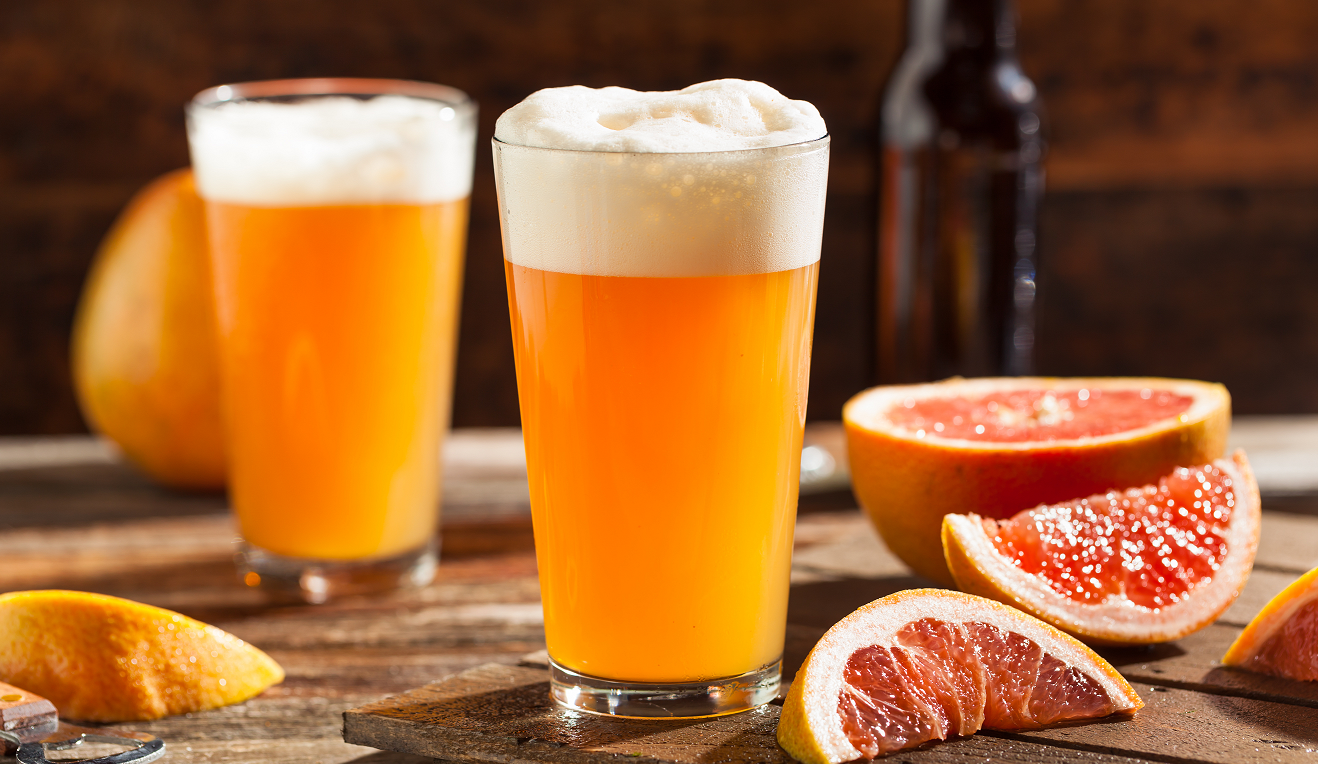Despite requiring just four ingredients — grain, hops, yeast and water — beer within the last decade has become increasingly a canvas for a palette for flavors. Pumpkin, lime, grapefruit, coffee, orange, vanilla, cherry, chocolate, peach. You name the ingredient; it’s probably been added to a beer.
Coinciding largely with the rise of craft, this proliferation of flavors has fundamentally changed the beer industry, reflecting structural and demographic shifts.
It’s driven in large part by the rise of millennials and members of Generation Z who have just reached legal drinking age. Both generations crave choice and have a taste for a wide range of flavors. They’re also more likely to choose wine and spirits than their parents and grandparents, data show.
All of this has combined to create an environment in which more brewers are fighting for consumers craving more choice, leading larger brewers to step up innovation in hopes of hanging on to their current customer base as well as recruit new legal-age drinkers before they defect to wine and spirits.
Much of that innovation, naturally, has focused on flavor.
How big is flavor?
More than a quarter of beer that came to the market in 2015 was a flavored variety, an all-time high, according to data analyzed by market research firm Mintel. During the five-year period ending that year, the number of new flavored offerings from breweries grew by 80 percent.
Industry observers estimate the percentage of flavored beer coming to market in 2018 to be at least as high, if not higher, than in 2015.
Most recently, the trend has been led by fruit, per Mintel. In the first half of 2017, 16 percent of all beers launched in North America were fruit flavored, double the proportion of launches in 2014.
What are the risks?
Most in the industry do not expect the trend to slow anytime soon, though some warn that continuous flavor innovation can be akin to a hamster wheel – once you get on, it’s hard to get off.
“It works in the short term, but it’s really challenging to be successful with flavors in the long term given the fickleness of consumers in today’s age, who are constantly looking for something new,” says David Henkes, senior principal at Chicago market-research firm Technomic.
Launching flavor extensions off base brands “can become a case of chasing your own tail. Maybe it can last two, three, four years, but at that point, consumers will start asking, what’s the next flavor going to be? And you’re going to have to be ready with that next flavor.”
Andy Goeler, Bud Light’s marketing chief, made this point at a conference this past spring. With line extensions like Bud Light Orange “just the pipeline fill is bigger than 90 percent of craft companies in the country,” he said. “You can get a lot of volume really quick.” But, he acknowledged that extensions have the long-term potential to erode brand equity and urged caution about how such plans are rolled out.
What’s their shelf life?
How long do specific flavors stick around? That depends.
Familiar flavors in beer like lime, for instance, are “sticky” and can remain popular for years. But, by and large, there’s a limited time frame.
Henkes points to the vodka industry. “Go back eight, 10 years ago, and Absolut was bringing out new flavors every year. The first year, the new flavor was really hot, the second year it was OK, and by the third year, you’re cycling out,” Henkes says. “That’s happening right now with beer. Consumers in the beer category are constantly looking for something new. They’re not loyal like they were 15 to 25 years ago.”
Bayyana Davis, a marketing manager for International Flavors & Fragrances Inc., a New York-based flavors and fragrances producer, says the shelf life for flavors is not as long as it once was.
“It’s almost become more of a novelty where consumers remain loyal to a brand, but they’re always looking to try the next new flavor that’s out,” says Davis, who is responsible for generating and sharing market insights on product development in IFF’s flavor’s business.
In beer, especially in craft, citrus is still far-and-away the leading flavor profile, but tropical fruits are gaining steam, spurred on by New England-style, or juicy, IPAs. But tastes inevitably will move on, Davis says.
Then why bother?
Michel Doukeris, president and CEO of Anheuser-Busch InBev’s North American business, said flavors —specifically Bud Light Orange and a reformulated Bud Light Lime — add “a lot of excitement to this category and the entire industry,” as well as appeal to a much bigger tranche of drinkers than light lager alone. “They’re bringing people to drink lager beers again,” he said.
And “new news” is critical for any established consumer packaged good.
“Having new news via a steady stream of innovation is key to keeping existing drinkers interested,” says Joshua McDonald, who runs marketing for the MillerCoors flavored malt beverage Steel Reserve Alloy Series. “And, offering a myriad of flavors that are intriguing, yet seem familiar, absolutely drives further trial. Flavors are extremely important to our customer.”
Where are flavors going?
The single fruit trend is starting to peak, Davis says. Expect more specialized, culinary-inspired flavors and fruit mashups.
It’s no longer just lemon, it’s Meyer lemon. It’s not just lime, it’s key lime. It’s not just orange, it’s blood orange. It’s lesser-known berries, such as loganberries, huckleberries, berries from other parts of the world. It’s the addition of herbs and spices, crossed with fruits and vegetables, and floral flavors, which are trending in the cocktail world.
And what’s going to work? Davis suggests it’s not what everyone else is doing. “Sometimes you want to go with your own gut,” she says. “Be willing to have a stand-out product that doesn’t fit the mold of what everyone else is doing — the unique thing that will grab a consumer and pull them in.”
At least for a year or two.

